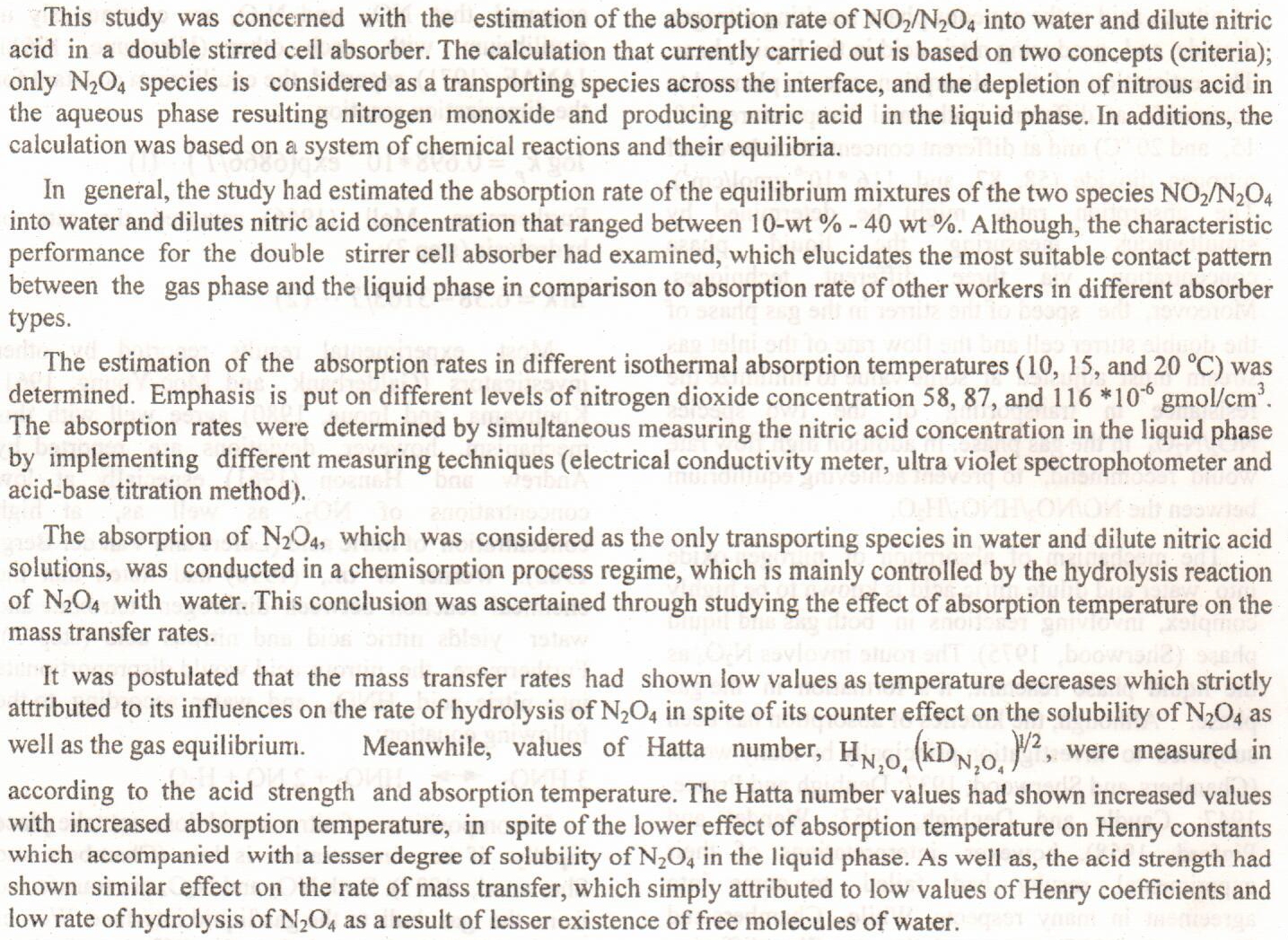
The present study aimed to use the magnetic field and nanotechnology in the field of water purification, which slots offering high efficiency to the possibility of removing biological contaminants such as viruses and bacteria rather than the use of chemical and physical transactions such as chlorine and bromine, and ultraviolet light and boiling and sedimentation and distillation, ozone and others that have a direct negative impact on human safety and the environment. Where they were investigating the presence in water samples under study Coli phages using Single agar layer method and then treated samples positive for phages to three types of magnetic field fixed as follows (North Pole - South Pole - Bipolar) and compare the re
... Show MoreResumen:
El horóscopo que es una predicción deducida de la posición de los astros del sistema solar y de los signos de Zodiaco, intenta no sólo predecir el futuro, sino también influir en el comportamiento del lector, orientándolo para que actúe adecuadamente y la invitación a actuar ante ese futuro que se aconseja mediante imperativos, perífrasis y otros recursos lingüísticos. Los horóscopos se caracterizan por su gran popularidad que existen en periódico o revista en columnas enteras dedicadas al tema, en donde se detallan la influencia que tendrá el día o el mes de cada uno de los signos correspondientes al zodíaco, siempre teniendo en cuenta la posici
... Show MoreThis study investigated a novel application of forward osmosis (FO) for oilfield produced water treatment from the East Baghdad oilfield affiliated to the Midland Oil Company (Iraq). FO is a part of a zero liquid discharge system that consists of oil skimming, coagulation/flocculation, forward osmosis, and crystallization. Treatment of oilfield produced water requires systems that use a sustainable driving force to treat high-ionic-strength wastewater and have the ability to separate a wide range of contaminants. The laboratory-scale system was used to evaluate the performance of a cellulose triacetate hollow fiber CTA-HF membrane for the FO process. In this work, sodium chloride solution was used as a feed solution (FS) with a concentratio
... Show MoreThe purpose of this research is to identify
the effect of the translation of poetic poem into an artistic picture in the achievement of retention among fifth grade students.
In order to verify the research goal, the first two hypotheses were determined. There are no statistically significant differences between the average scores of the experimental group who study (according to the technical picture) ) And the control group (according to the traditional method of art education) at the level of significance (0,05). The second is that there are no statistically significant differences between the average of the experimental group who study (according to the technical picture) and the control group who study (On According to the trad
The current work was designed to investigate serum angiopoietin like protein-8 and hyaluronic acid among Iraqi hemodialysis patients with and without type 2 diabetes mellitus, and to find relationship between them, as well as if these patients are at risk of kidney fibrosis. Subjects & Methods: in this study, serum samples were obtained from (60) Iraqis patients with end stage renal diseases (ESRD)on hemodialysis (HD) (30 patients with T2DM (G2) and 30 patients withoutT2DM (G3)) in addition to (30) healthy individuals as a control group (G1), their ages ranged from (35-65) years. The patients attended the Al-Yarmouk Teaching Hospital, Baghdad. Results: the results in this study showed a highly a significant elevation inserum angiopoietin li
... Show More (36)
(36)
In this paper, we present a comparison of double informative priors which are assumed for the parameter of inverted exponential distribution.To estimate the parameter of inverted exponential distribution by using Bayes estimation ,will be used two different kind of information in the Bayes estimation; two different priors have been selected for the parameter of inverted exponential distribution. Also assumed Chi-squared - Gamma distribution, Chi-squared - Erlang distribution, and- Gamma- Erlang distribution as double priors. The results are the derivations of these estimators under the squared error loss function with three different double priors.
Additionally Maximum likelihood estimation method
... Show MoreBoth the double-differenced and zero-differenced GNSS positioning strategies have been widely used by the geodesists for different geodetic applications which are demanded for reliable and precise positions. A closer inspection of the requirements of these two GNSS positioning techniques, the zero-differenced positioning, which is known as Precise Point Positioning (PPP), has gained a special importance due to three main reasons. Firstly, the effective applications of PPP for geodetic purposes and precise applications depend entirely on the availability of the precise satellite products which consist of precise satellite orbital elements, precise satellite clock corrections, and Earth orientation parameters. Secondly, th
... Show More (1)
(1)
In this study water quality was indicated in terms of Water Quality Index that was determined through summarizing multiple parameters of water test results. This index offers a useful representation of the overall quality of water for public or any intended
use as well as indicating pollution, which are useful in water quality management and decision making. The application of Water Quality Index (WQI) with ten physicochemical water quality parameters was performed to evaluate the quality of Euphrates River water for drinking usage. This was done by subjecting the water samples collected from seven stations within Al-Anbar province during the period 2004-2010 to comprehensive physicochemical analysis. The ten physicochemical paramete
 (4)
(4)

